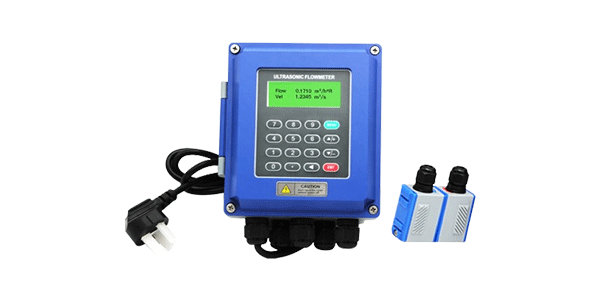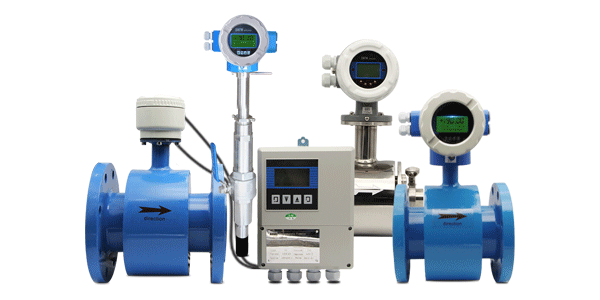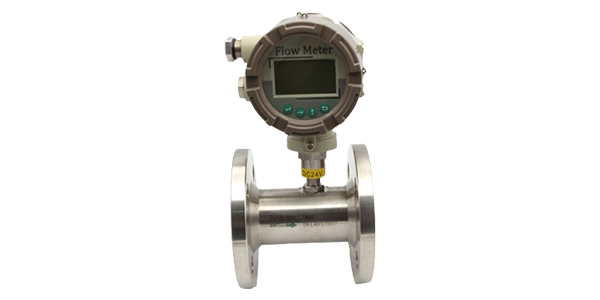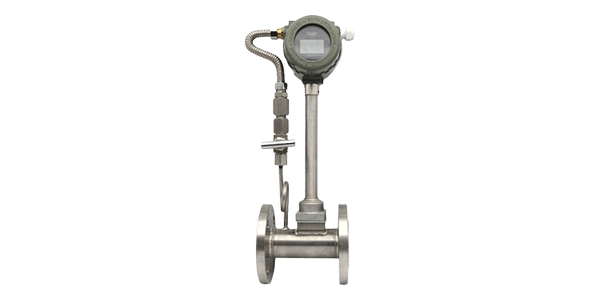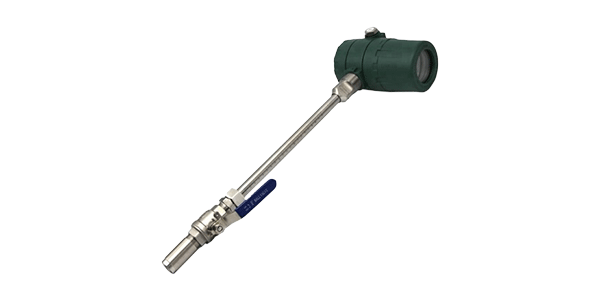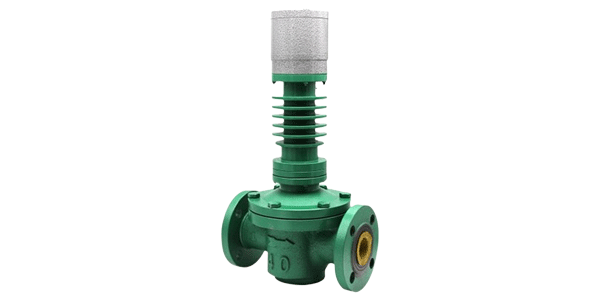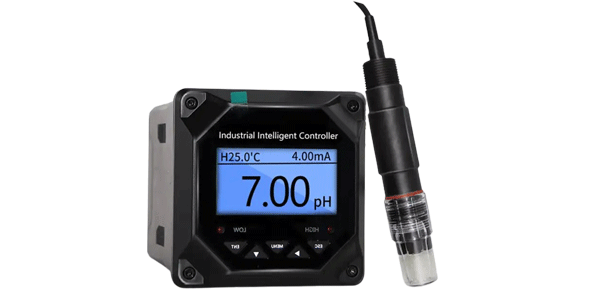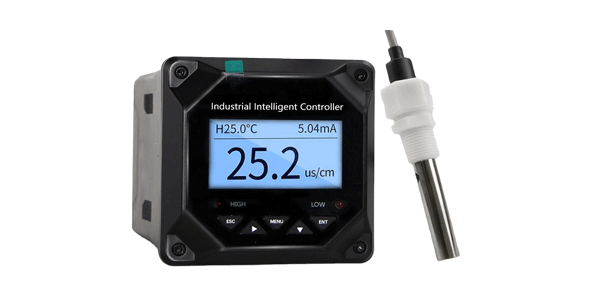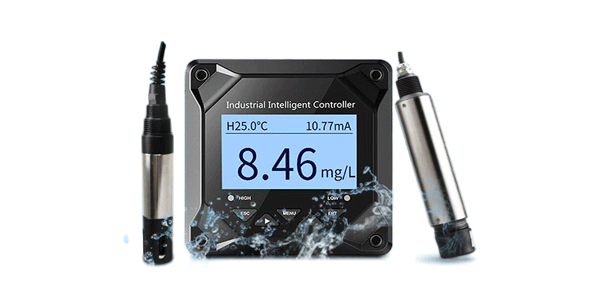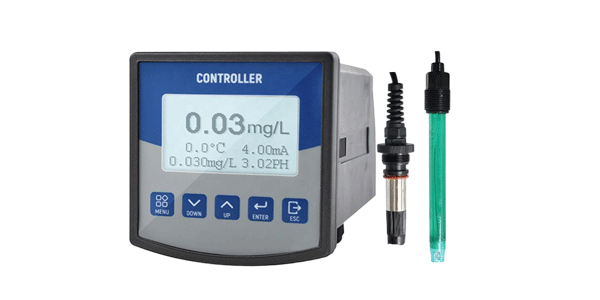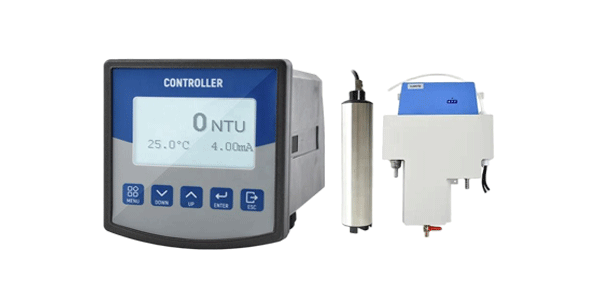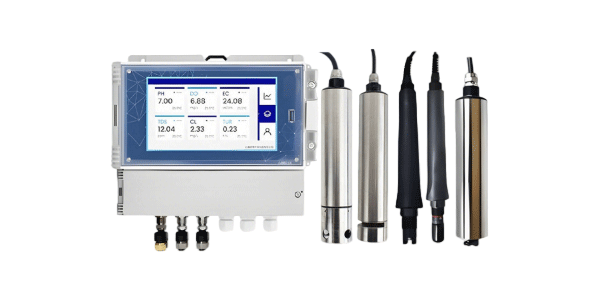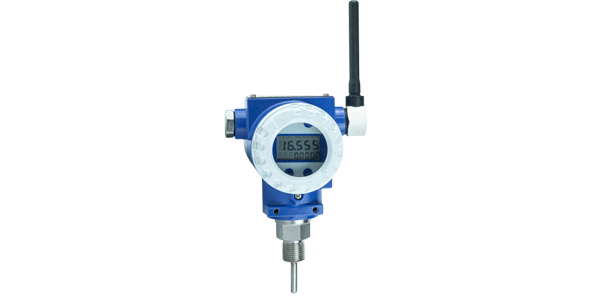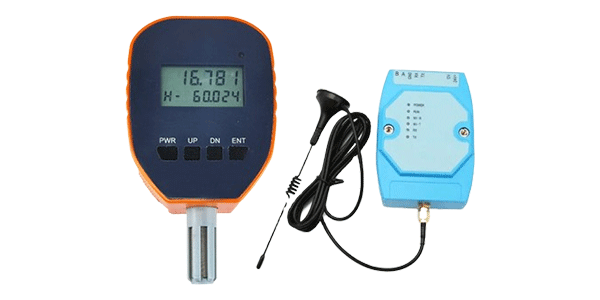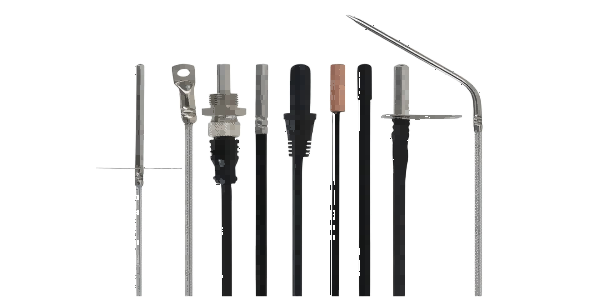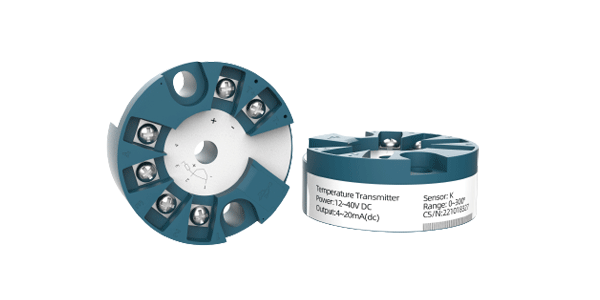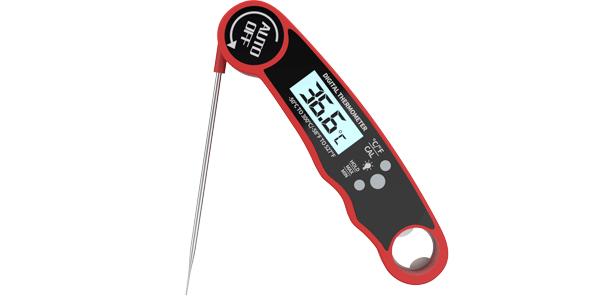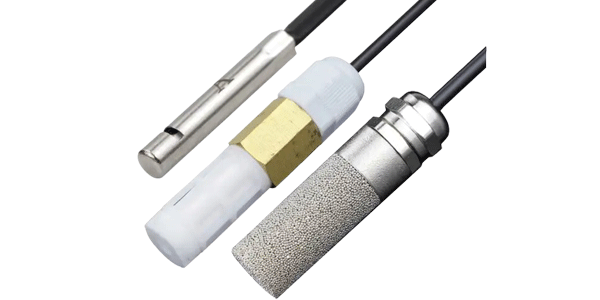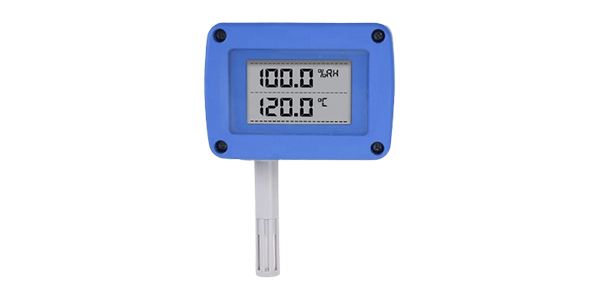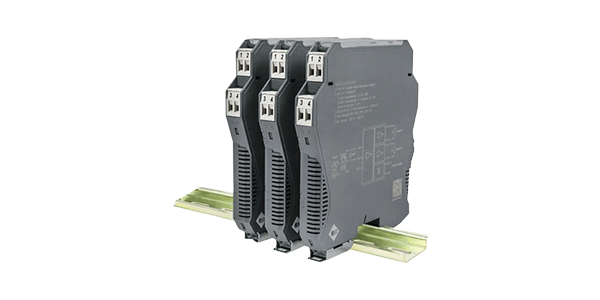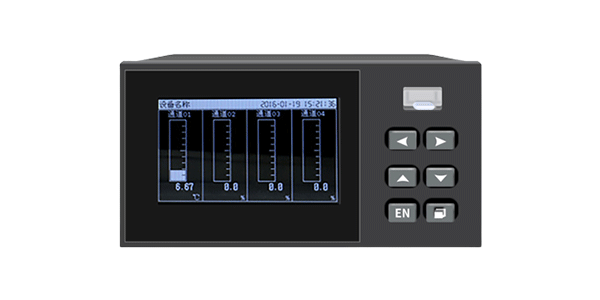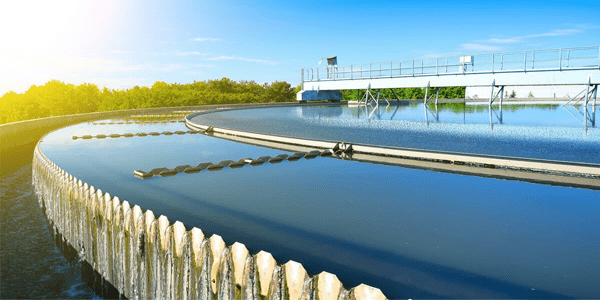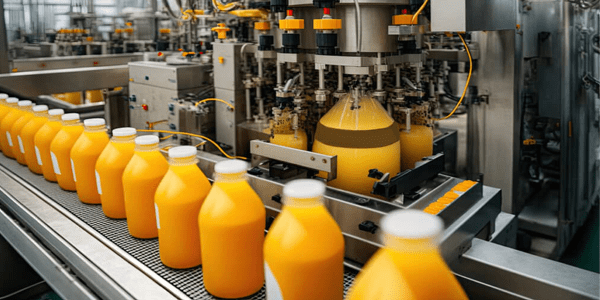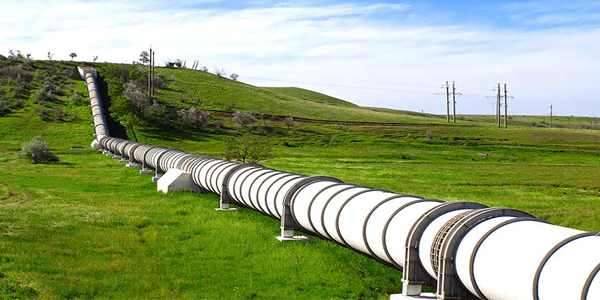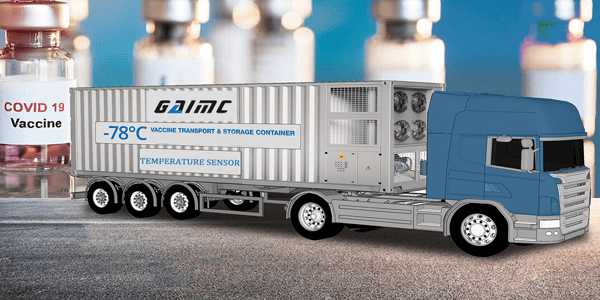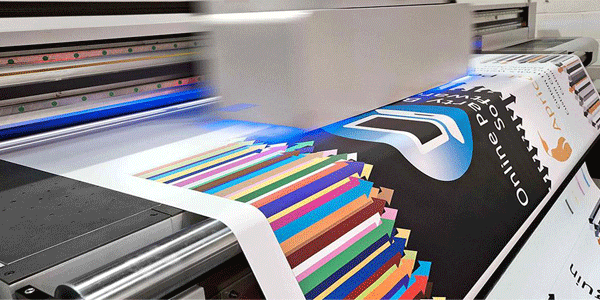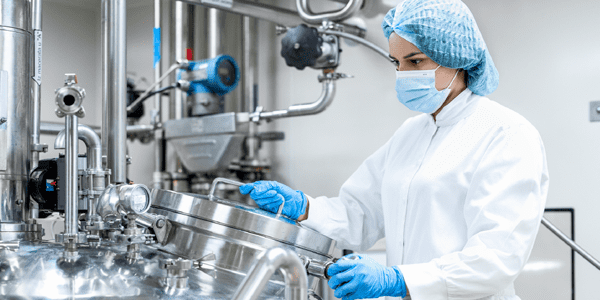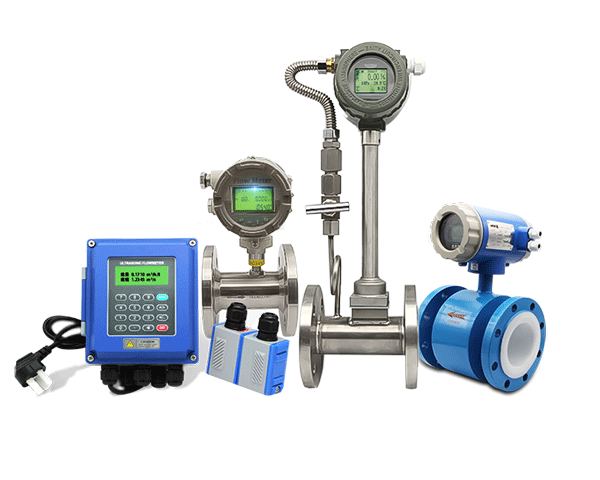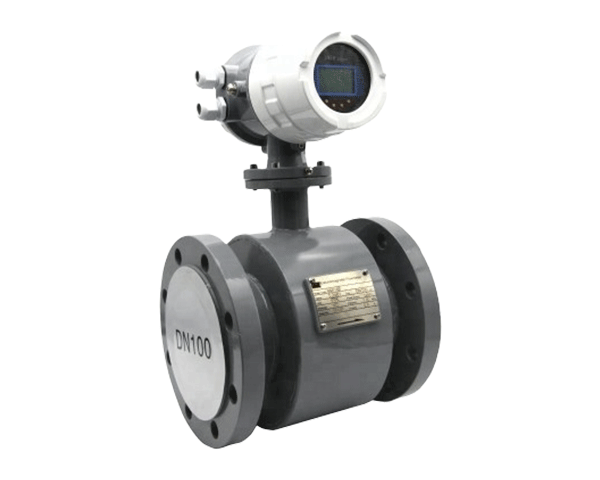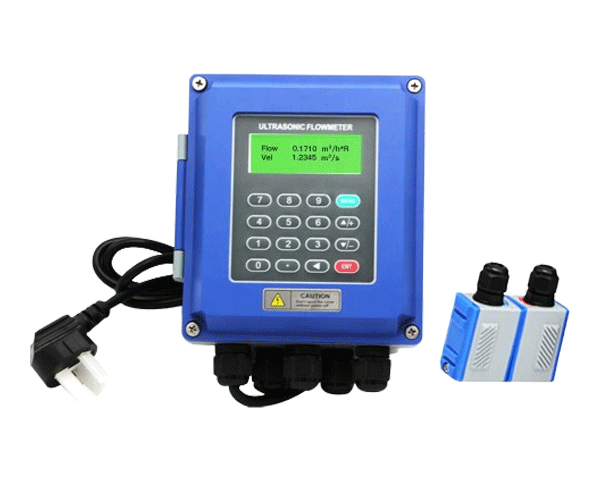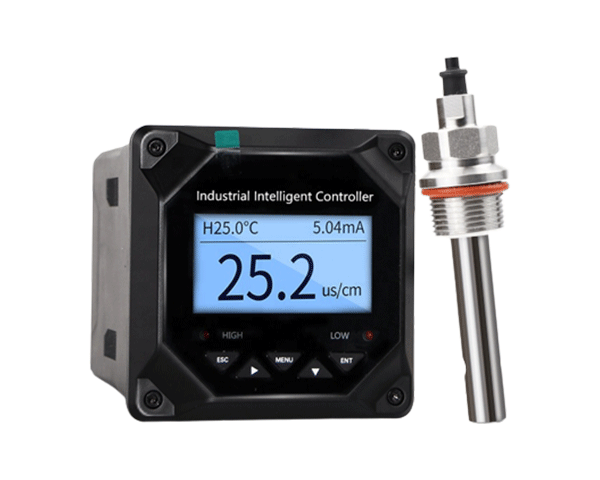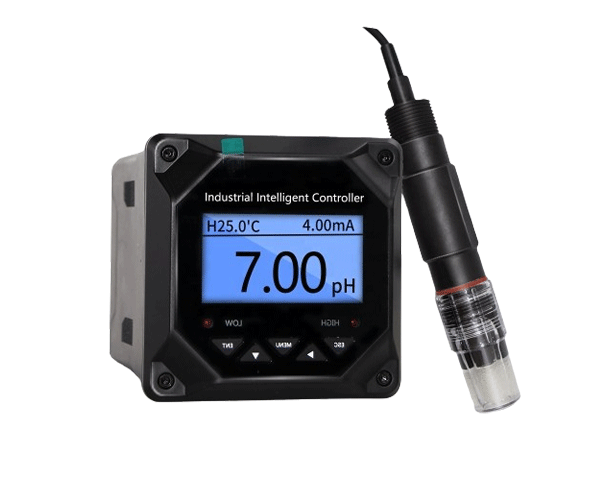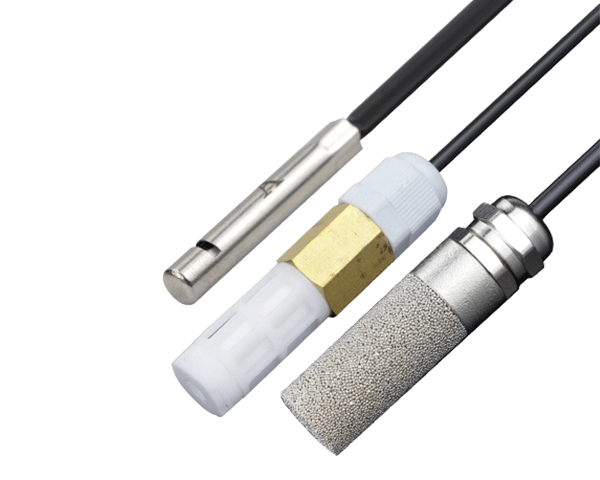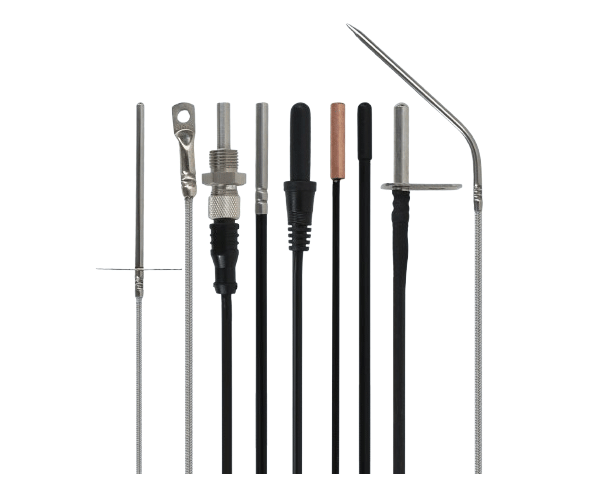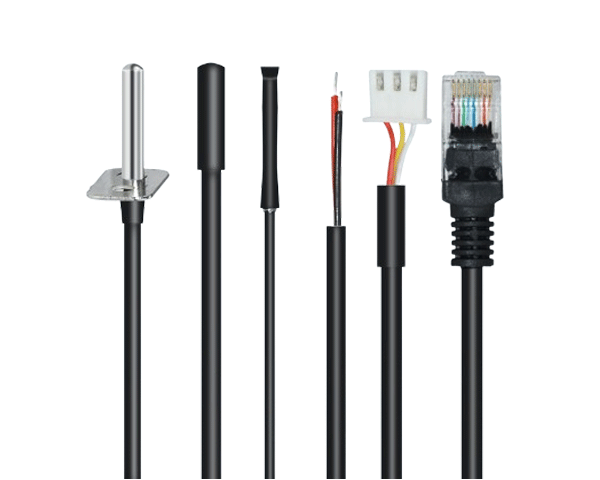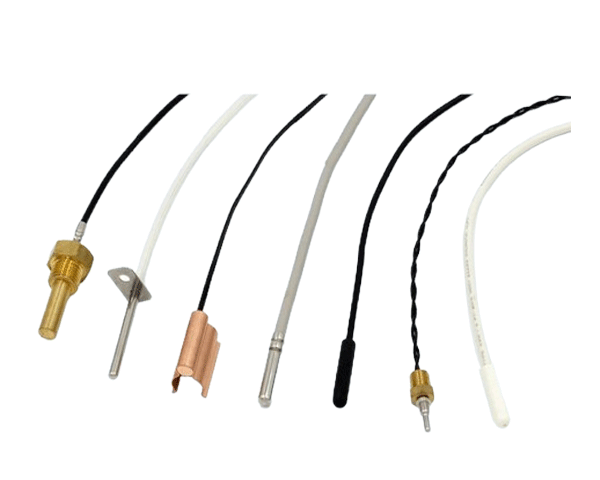In this comprehensive guide, you will discover how ultrasonic flow meters work, where they are applied across various industries, and the distinct advantages they offer over other flow measurement technologies. Whether you're an engineer, plant manager, or technical buyer, this article will equip you with the knowledge to evaluate if ultrasonic flow meters are the right solution for your operational needs.
What is an Ultrasonic Flow Meter?
An ultrasonic flow meter is a type of device that measures the flow rate of a liquid or gas by using ultrasonic sound waves. It is a non-intrusive or, in some cases, inline instrument known for its high accuracy and minimal maintenance requirements.
How Does an Ultrasonic Flow Meter Work? The Core Principles
Transit-Time (Time-of-Flight) Ultrasonic Flow Meters
This is the most common type for clean liquids. Two sensors are mounted on the pipe, one upstream and one downstream. Each sensor alternates as a transmitter and receiver of ultrasonic signals.
- The meter measures the time it takes for an ultrasonic pulse to travel from the upstream sensor to the downstream sensor (with the flow)
- It then measures the time for a pulse to travel from the downstream sensor to the upstream sensor (against the flow)
- The flow meter's electronics calculate this difference, which is directly proportional to the flow velocity of the liquid
Doppler Ultrasonic Flow Meters
This method is suitable for liquids containing suspended solids, bubbles, or other discontinuities.
- A single sensor transmits an ultrasonic signal into the flow
- The suspended particles or bubbles reflect the signal back to the sensor
- The meter calculates the flow velocity based on the frequency shift (Doppler Effect)
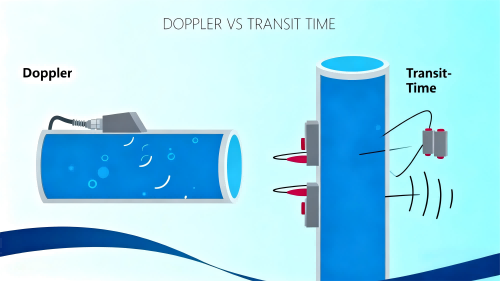
Key Applications of Ultrasonic Flow Meters
Ultrasonic flow meters are versatile and are used in a wide range of industries. Our flow measurement solutions cater to these diverse applications:
Monitoring raw water intake, chemical dosing, and treated water distribution. They are ideal for our water quality meters integration.
Custody transfer of crude oil, refined products, and natural gas. Accurate measurement for critical processes and transactions.
Handling aggressive chemicals and ensuring batching accuracy without contamination in sensitive manufacturing processes.
Measuring chilled and hot water flow in building systems for optimal energy efficiency and system performance.
Monitoring feedwater and cooling water flow in power plants for safe and efficient operation.
Sanitary flow measurement for liquid food products, ensuring quality control and process efficiency.
Major Advantages of Using Ultrasonic Flow Meters
Choosing an ultrasonic flow meter from GAIMC brings several key benefits:
- Non-Intrusive Measurement (Clamp-on): No pipe cutting or process shutdown required for installation
- High Accuracy and Wide Turndown Ratio: Suitable for custody transfer applications
- Bidirectional Flow Measurement: Can measure flow in both directions
- Low Maintenance: No moving parts to wear out, reducing long-term costs
- Versatility: Suitable for various pipe sizes and materials
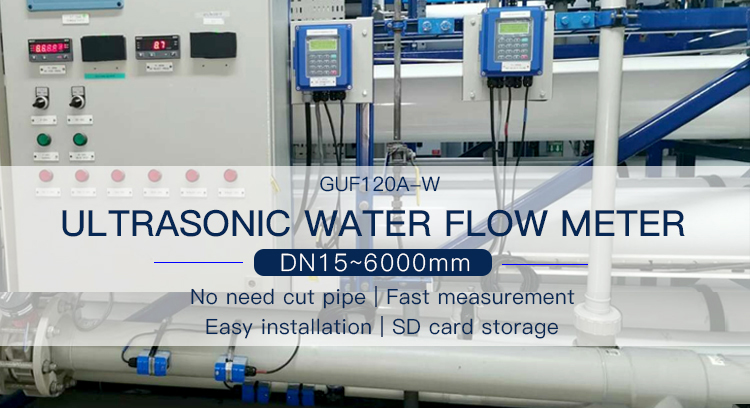
Sources & Further Reading
This article is based on information from industry-standard sources, including the International Society of Automation (ISA), the International Organization of Legal Metrology (OIML), and technical data from leading instrumentation manufacturers.
Frequently Asked Questions (FAQ)
Can ultrasonic flow meters measure any type of fluid?
While versatile, they are not universal. Transit-time meters work best with clean, homogenous liquids like water or oil. Doppler meters are designed for aerated or slurry-type liquids. For precise fluid compatibility, consult our technical team.
How accurate are ultrasonic flow meters?
Accuracy varies by type. High-end transit-time meters can achieve accuracies of ±0.5% or better of the flow rate, while Doppler meters are typically around ±1-5%, depending on the application conditions.
Are clamp-on meters as accurate as inline meters?
Inline meters generally provide the highest accuracy because the acoustic path is precisely defined. However, modern clamp-on meters can achieve very high accuracy (often ±1% or better) when installed correctly on a suitable pipe material.
Get The Right Ultrasonic Flow Solution
Optimize your process control and efficiency with precision measurement from GAIMC. Our experts are ready to help you select the perfect instrument for your specific application, whether you need a standalone flow meter or a complete water quality monitoring system.
Get Your Custom Solution NowRecommended GAIMC Products for Your Application
For non-intrusive, versatile flow measurement without process interruption
For larger pipe applications requiring inline accuracy with easier installation
Integrate flow, pH, ORP, conductivity, water temperature, and other key parameters


